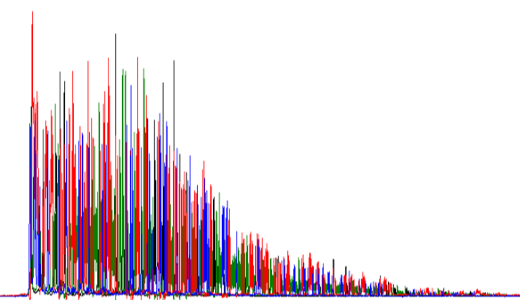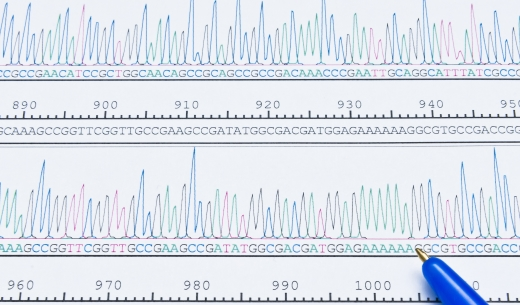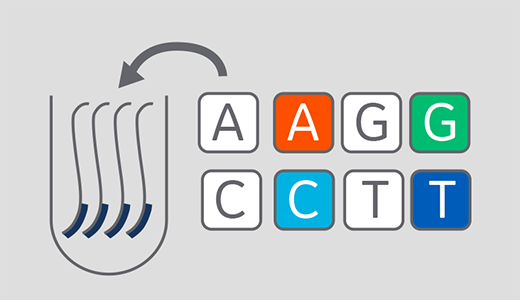-
illustra GenomiPhi HY DNA Amplification Kits
Illustra GenomiPhi HY DNA Amplification Kit offers highly efficient and representative whole-genome amplification with 40 to 50 μg yield from nanogram amounts of DNA sample.
-
illustra ExoProStar
Enzymatic PCR clean up technology with illustra Exonuclease I and Alkaline Phosphatase to remove unincorporated primers and dNTPs. Comes in two separate tubes for maximum flexibility.
-
illustra TempliPhi Sequence Resolver Kits
illustra TempliPhi Sequence Resolver Kit uses the highly processive, strand-displacing Phi29 DNA polymerase and modified nucleotides to amplify circular templates for subsequent sequencing.
-
PCR Nucleotide Mix dNTP Set
Free from DNase, RNase, and nicking enzyme activity, with greater than 99% triphosphate purity (by HPLC), for optimum performance and consistency.



